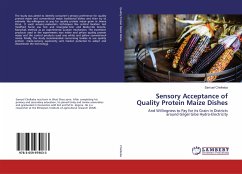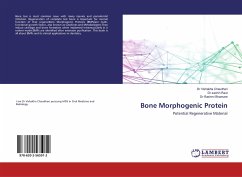This work was undertaken to evaluate interactions between plant proteins and selected volatile flavour compounds on flavour delivery and heat-induced gelation properties for canola, pea and wheat proteins. An automated dynamic headspace GC/MS approach was adopted to monitor the change in flavour intensity in aqueous model systems. The extent of flavour binding was a function of protein source, protein isolation method and stereochemistry of the flavour compound. Using Differential Scanning Calorimetry and intrinsic fluorimetry, potential conformational changes due to partial denaturation of proteins were observed. Aldehyde flavours exhibited much higher "unfolding capacity" than ketones, which accounted for their remarkable binding affinities. Two volatile flavour by-products, 2-butyl-2-octenal and 2-pentyl-2-nonenal, were detected from the interactions between salt-extracted canola protein isolates (CPIs) with hexanal and heptanal, respectively, due to aldolisation reactions. Competitive bindings among homologous ketones and between heterologous aldehyde and ketone mixture were observed, while a synergistic effect was noted for aldehyde flavour mixtures.







